Monday, 27 October 2025
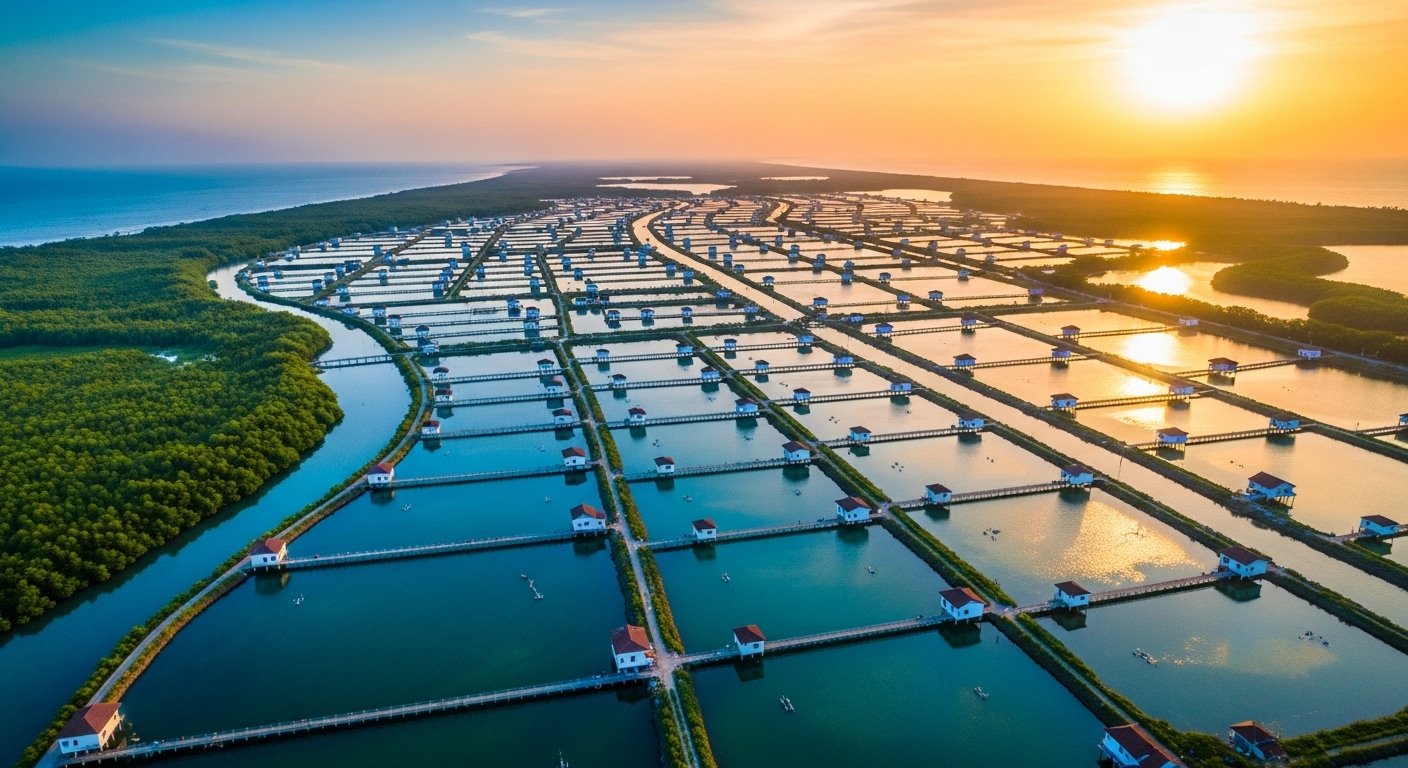
With Ecuador emerging as the world’s most competitive shrimp producer, India must recalibrate its production systems, traceability frameworks, and farmer support architecture to remain globally relevant. Insights referenced from Shrimp Insights.
India’s shrimp export sector is undergoing a significant realignment in response to recent shifts in trade policy, species preferences, and demand patterns across major international markets. According to export performance data and market intelligence reported by Shrimp Insights, India recorded a 9 per cent year-on-year decline in export volume in August 2025, with shipments totaling 56,712 metric tonnes. Export value in the same month declined by 4 per cent to $408 million, driven primarily by the impact of reciprocal tariff measures affecting the United States, historically India’s most important buyer of processed shrimp.

However, the broader trend over January to August 2025 presents a more nuanced picture. Cumulative exports rose marginally by 1 per cent in volume to 471,441 MT, while export value increased by 10 per cent to $3.35 billion. This divergence between volume and value, as highlighted by Shrimp Insights, reflects a continuing structural shift toward higher-margin, value-added products. Indian processors have increasingly invested in formats such as cooked, coated, marinated, and consumer-ready shrimp, where pricing is less sensitive to commodity fluctuations and where branding, certification, and retail relationships carry higher strategic importance.
Species Dynamics: Decline in Vannamei, Revival of Monodon
The most consequential development in recent months has been the contrasting performance of India’s two primary farmed shrimp species. Exports of Litopenaeus vannamei fell by 15 per cent year-on-year in August to 40,250 MT, the weakest monthly export level since February. Year-to-date vannamei exports now stand 2 per cent below 2024 levels. This trend underscores the price elasticity of the vannamei segment, which remains directly exposed to competitive pressures from Ecuador, Vietnam, and Thailand—each of which has increased production efficiency in recent years.
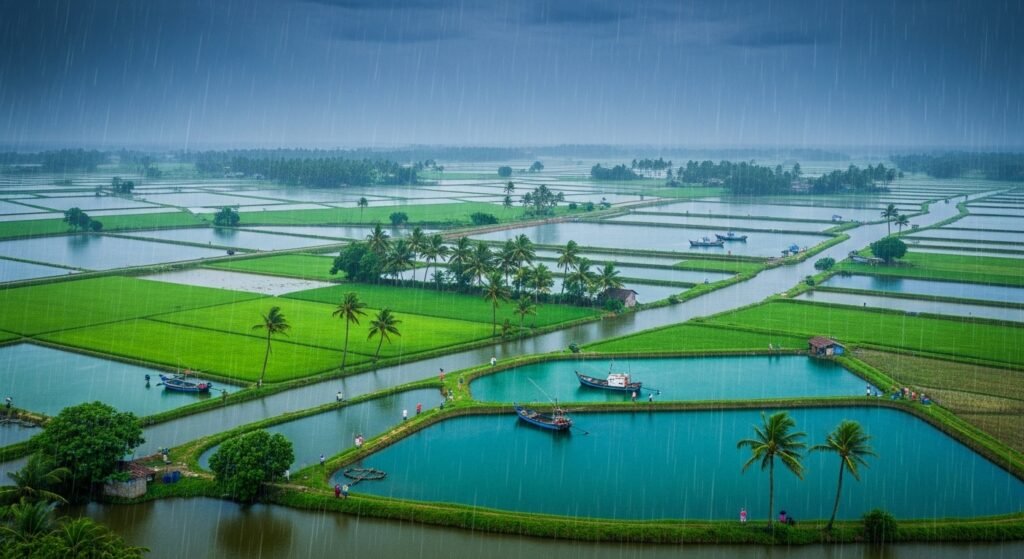
In contrast, Penaeus monodon (black tiger shrimp) has re-emerged as a high-value growth segment. As documented by Shrimp Insights, monodon exports rose 76 per cent year-on-year in August to 6,591 MT, marking one of the strongest monthly performances recorded in several years. The species now accounts for nearly 12 per cent of India’s shrimp export mix for the month, up from approximately 5–6 per cent in previous years.
The driving force behind this shift is China, which imported 60 per cent of India’s monodon exports in August, compared to 24 per cent in the previous year. Chinese buyers have demonstrated stronger demand for head-on shell-on formats, offering pricing that has, in some cases, displaced European procurement, as EU importers report being “outbid” by Chinese players in key specification categories.
Product Mix: Temporary Pause, Long-Term Shift
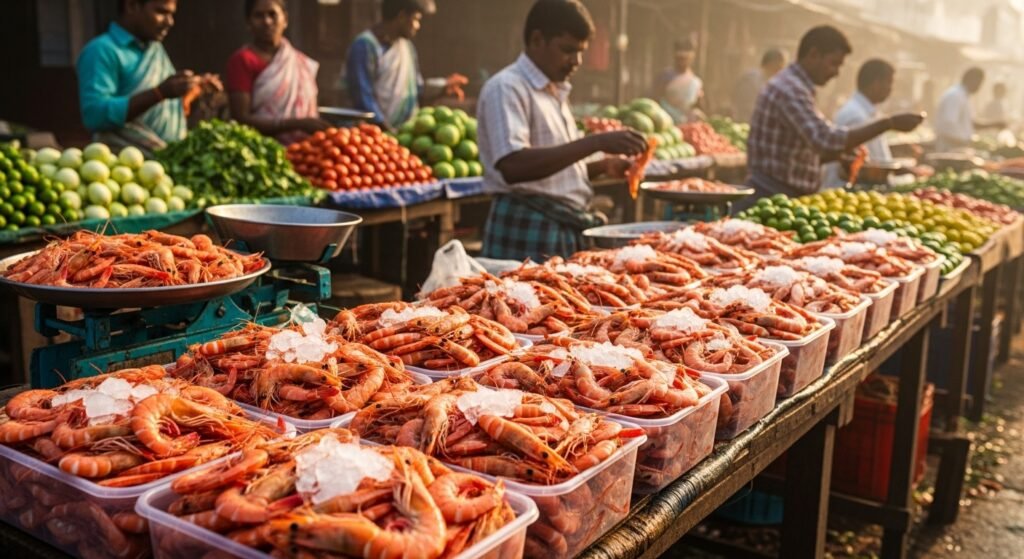
Value-added shrimp products experienced a temporary slowdown in August, declining by 10 per cent to 5,403 MT. Yet Shrimp Insights notes that year-to-date shipments remain 27 per cent higher than the same period last year. This trajectory indicates that Indian processors are maintaining strategic focus on product upgrading, even amid short-term demand fluctuations. The value-added segment is crucial for India’s competitive positioning, as it enables processors to move beyond bulk commodity pricing and capture higher returns through brand-linked retail partnerships.
Market Realignment: The U.S. Declines, China and the EU Rise
Market-level shifts have been equally significant. U.S. imports from India declined sharply by 43 per cent in August, reflecting the immediate effect of tariff barriers. While cumulative U.S. imports remain marginally positive year-to-date, August represents a clear inflection point in the trade relationship.
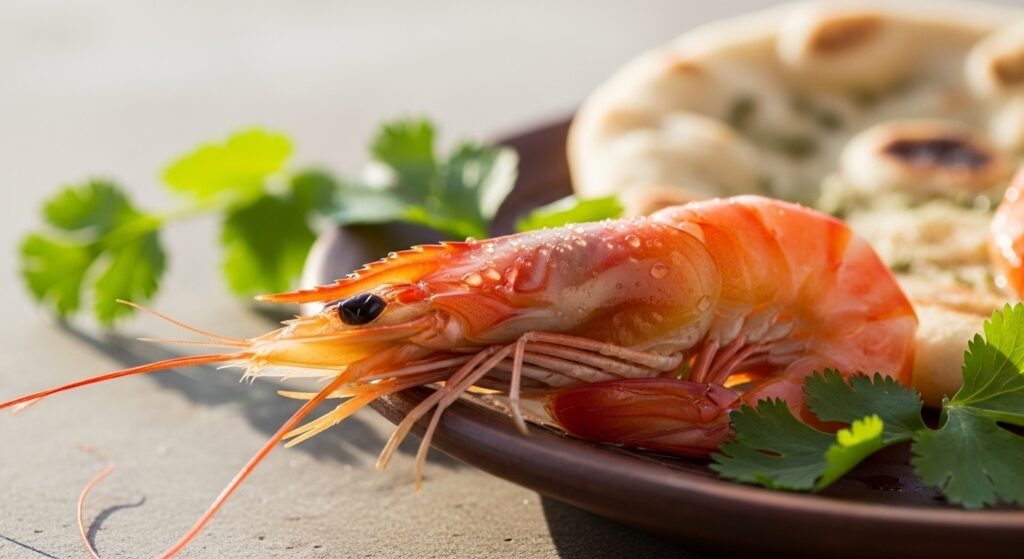
By contrast, China’s imports increased by 33 per cent to 12,190 MT in August, and EU imports grew even more robustly, rising 58 per cent to 11,083 MT. The European Union is now 31 per cent ahead of last year on a year-to-date basis. Canada registered modest growth, while Japan experienced a tapering after several months of strong performance.
These shifts indicate a diversification of India’s market portfolio. However, each destination carries distinct conditions. China’s demand, while strong, is highly responsive to price and logistics dynamics. The EU requires stringent traceability, certification compliance, and consistent quality assurance. The U.S., even under tariff constraints, remains the deepest and most stable market for value-added formats and long-term retail-linked contracts.
Way Forward: From Volume-Led Growth to Composition-Led Competitiveness
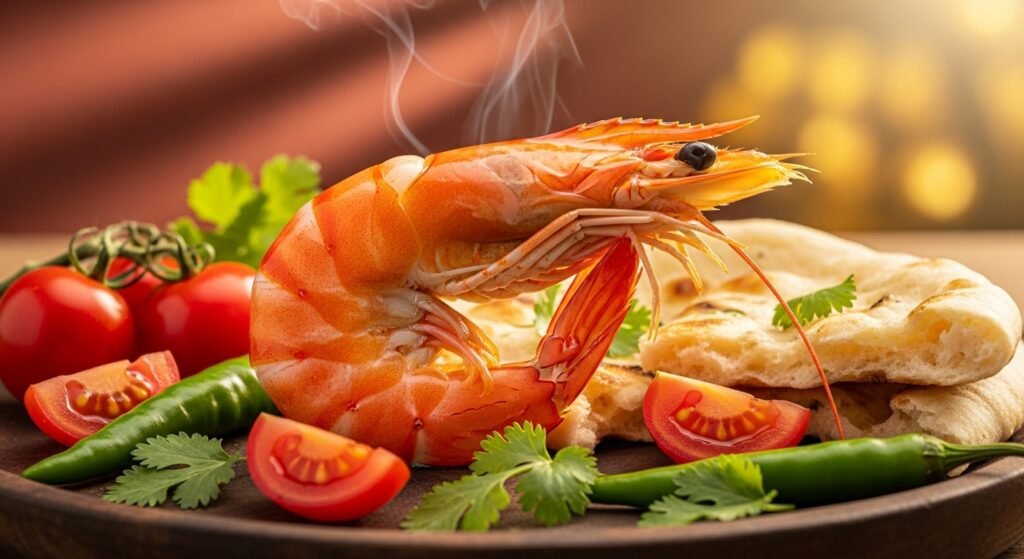
India’s shrimp industry is now positioned at a strategic juncture. The outlook for the remainder of 2025 will depend on the sustainability of Chinese demand for monodon, continued expansion in the EU, and the speed with which Indian processors can adjust product portfolios to evolving market conditions.
Three imperatives emerge:
Strengthening Domestic Production of Monodon: Expansion of disease-resistant, farmer-accessible broodstock and hatchery systems is essential if India is to capture sustained value from monodon’s market resurgence.
Accelerating Value-Added Processing: Moving up the product ladder is no longer optional; it is central to insulating India from price competition in commodity shrimp.
Enhancing Traceability and Certification Systems: To deepen access to the EU and premium U.S. retail channels, processors must invest in traceability platforms, residue compliance systems, and sustainable aquaculture frameworks.
The month of August does not represent a short-term fluctuation. It marks the beginning of a reconfiguration driven by trade policy, market repositioning, and product-value differentiation. As Shrimp Insights observes, India’s future growth in shrimp exports will hinge not merely on increasing scale, but on improving strategic alignment between species mix, market selection, and value-chain competitiveness.
— Suchetana Choudhury (suchetana.choudhuri@agrospectrumindia.com)